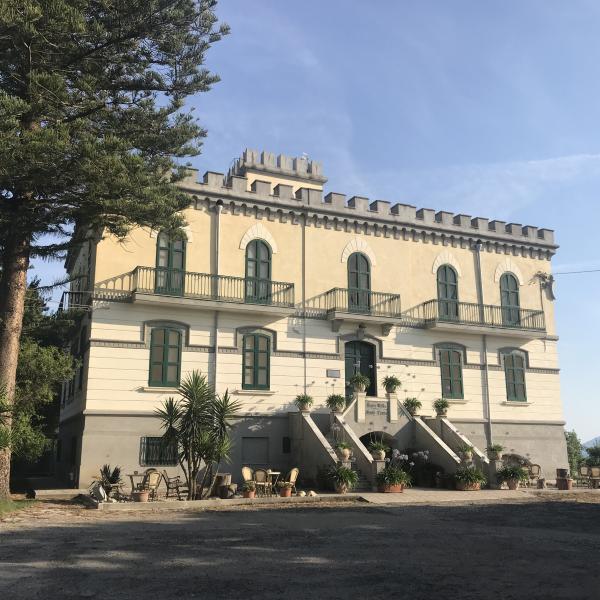The new issue of Journal of Late Antiquity (15.1 [2022]: 193-230) contains Nicola Aravecchia’s article “Catechumens, Women, and Agricultural Laborers: Who Used the Fourth-century Hall at the Church of ‘Ain el-Gedida, Egypt?”
Professor Aravecchia’s abstract: This article assesses the archaeological evidence of a large hall that was part of a fourth-century church complex discovered at ‘Ain el-Gedida, in the Dakhla Oasis of Egypt’s Western Desert. The focus is on the spatial and functional relationship of the hall with the church and the rest of the complex. The room was broadly identified as a gathering hall because of the existence of mudbrick mastabas (benches) running along three of its walls. It was also connected to the church via two passageways, one of which was sealed—at some point in antiquity—with a mudbrick wall that obscured the remains of a stepped podium between the two spaces. The location of the platform suggests that it was once used by someone—possibly a priest—who needed to be seen and heard by people assembled in both the church and the gathering hall. People sitting (or standing) in the latter would have had only limited visual access onto the church, with the area of the sanctuary being concealed to them. The goal of this essay is to shed light on who might have congregated in the hall at ‘Ain el-Gedida, before and after its alterations, and—more broadly—on the social composition of the community that inhabited this rural site of Egypt’s Western Desert in Late Antiquity.



